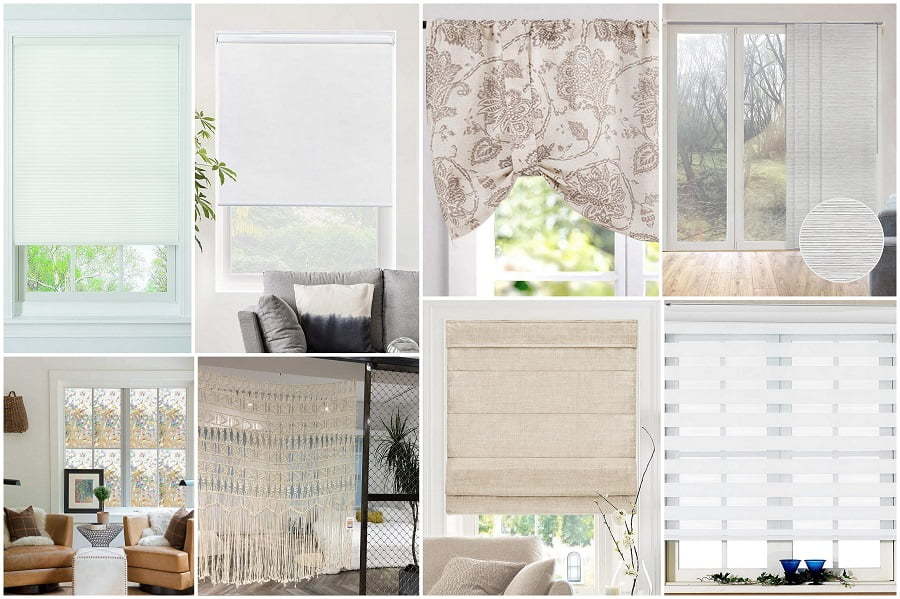Last updated on
Discover innovative and eco-friendly alternatives to bubble wrap as we explore unique packing solutions for a safer, greener shipping experience.
Are you tired of using the same old decor items in your home? Do you want to add a unique touch without breaking the bank? Look no further than bubble wrap alternatives! Yes, you read that right. Bubble wrap isn’t just for packing fragile items anymore.
There are plenty of creative ways to incorporate this versatile material into your home decor. In this article, we’ll explore some fun and affordable options that will have your guests wondering how you came up with such clever ideas.
So, let’s pop into the world of bubble wrap alternatives and get inspired!
Eco-Friendly Packing Materials
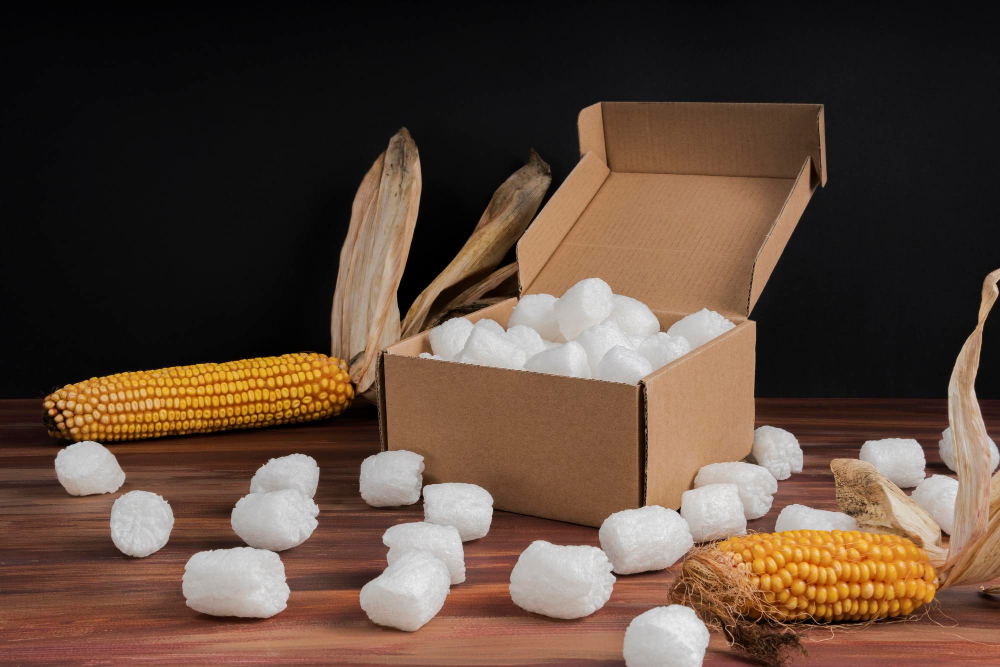
Luckily, there are plenty of options available that not only protect your belongings but also reduce waste and pollution.
One popular choice is biodegradable packing peanuts made from cornstarch or other natural materials. These dissolve in water and can be composted after use.
Another option is recycled paper products such as kraft paper or newsprint which provide a cushioning effect while being recyclable themselves.
For larger items, reusable packaging solutions like plastic crates or pallets can be used instead of disposable cardboard boxes. Some companies offer custom-fit cardboard inserts that eliminate the need for excess padding material altogether.
Biodegradable Alternatives

Biodegradable options are made from natural materials that break down over time and don’t harm the planet. One such option is mushroom packaging, which uses mycelium (the root structure of mushrooms) to create a strong and durable material that can be molded into any shape.
Another great alternative is seaweed-based packaging, which has been used in Japan for years. Seaweed-based packaging is not only biodegradable but also edible! It dissolves in water or can be eaten by animals without causing harm.
Other eco-friendly options include cornstarch peanuts and plant-based foam wraps made from sugarcane or cassava roots. These materials provide excellent protection during shipping while being gentle on the environment.
By using biodegradable alternatives instead of traditional bubble wrap, you’re not only reducing your carbon footprint but also supporting sustainable practices across industries.
Reusable Packing Solutions

These materials can be used multiple times and are often made from durable materials like silicone or nylon. One popular example is beeswax wraps, which can be used to wrap food items or as an alternative to plastic wrap when shipping small items.
Another great option is silicone bags that come in various sizes and shapes. They’re perfect for storing snacks, toiletries, electronics accessories and even clothes! Plus they’re easy to clean with soap and water.
For larger shipments of fragile goods such as glassware or ceramics consider using padded fabric wraps instead of bubble wrap. Not only do these provide excellent protection but they also look stylish while being eco-friendly!
Inflatable Air Pillows

They provide excellent cushioning and protection while being lightweight and easy to use. These pillows come in various sizes, shapes, and materials such as polyethylene or biodegradable options like cornstarch-based films.
One of the biggest advantages of inflatable air pillows is their versatility. They can be used for packing anything from delicate glassware to heavy electronics without adding extra weight or bulkiness that could increase shipping costs.
Moreover, these eco-friendly alternatives are reusable and recyclable which makes them an ideal choice for those who want to reduce their carbon footprint while still ensuring the safety of their shipped goods.
Recycled Paper Options
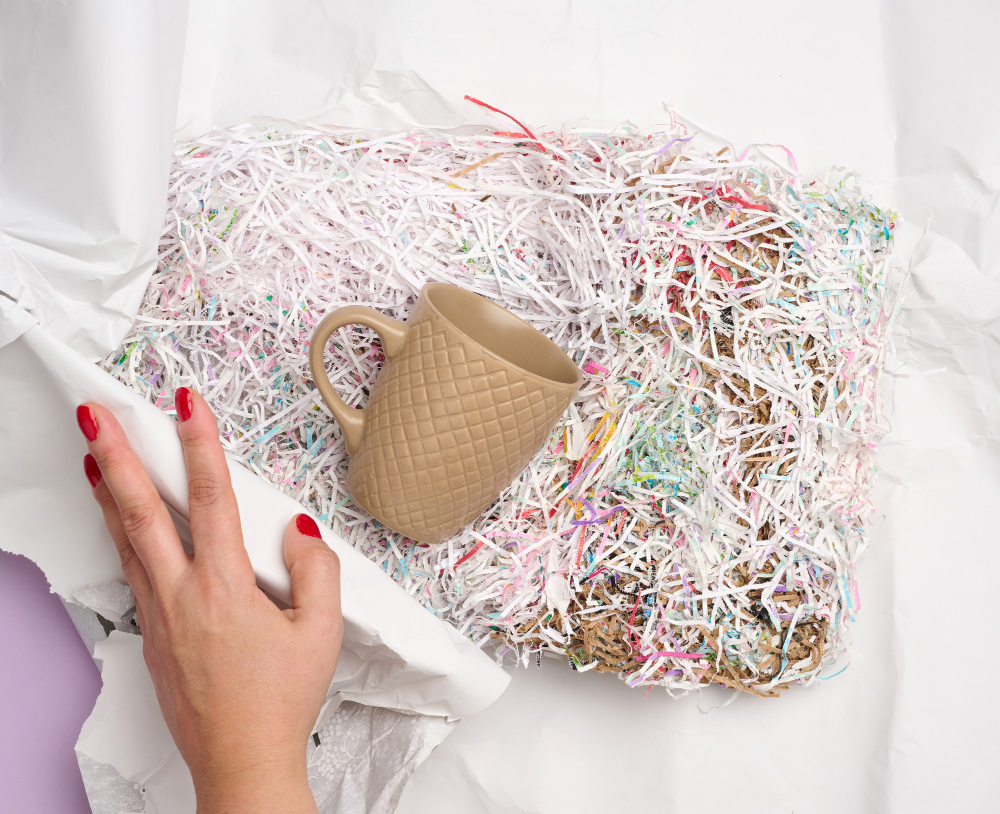
Not only is it biodegradable and recyclable, but it’s also readily available and affordable. Recycled paper can be used in various forms such as crumpled up balls or shredded strips to provide cushioning for your items during shipping.
One of the benefits of using recycled paper is that it’s customizable to fit any shape or size item you need to ship. You can easily adjust the amount of padding by adding more layers if needed.
Another advantage of using recycled paper over traditional bubble wrap is that it doesn’t create static electricity which can damage sensitive electronics like computers or phones.
Custom-Fit Cardboard Inserts
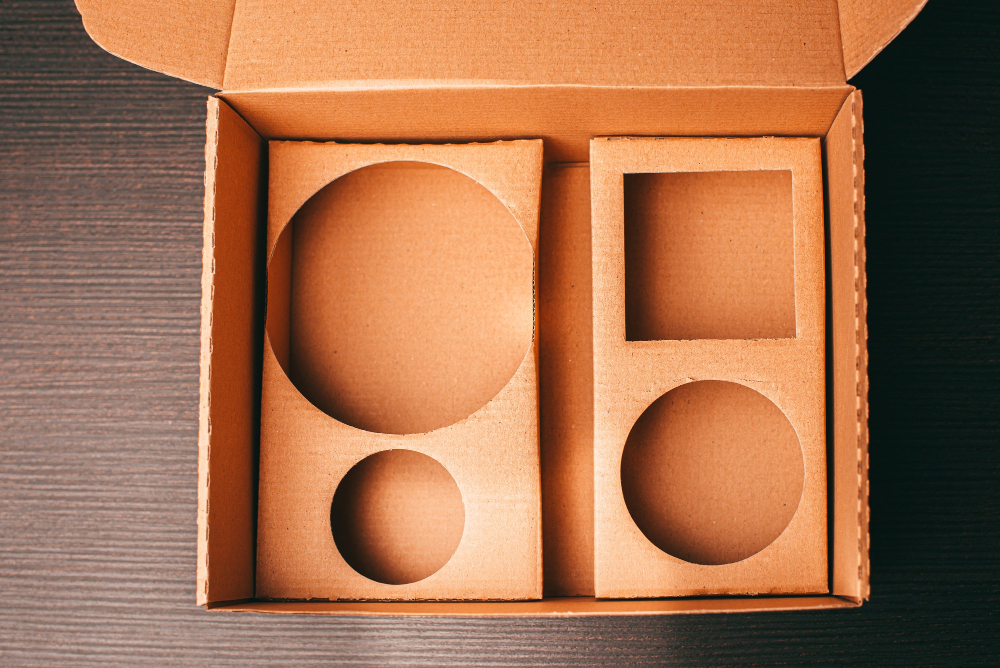
These inserts are designed to fit snugly around your product, providing maximum protection during shipping. They can be made from recycled materials and are fully recyclable after use.
One of the benefits of using custom-fit cardboard inserts is that they eliminate the need for additional packing materials such as bubble wrap or foam peanuts. This not only saves money but also reduces waste and helps protect our environment.
Another advantage is that these inserts can be easily customized with your company logo or branding message, making them an excellent marketing tool as well.
When choosing a custom-fit cardboard insert supplier, make sure they have experience in creating designs specific to your product’s shape and size requirements. You’ll want to ensure that each item arrives at its destination safely while maintaining its original condition.
Foam-Based Protective Layers
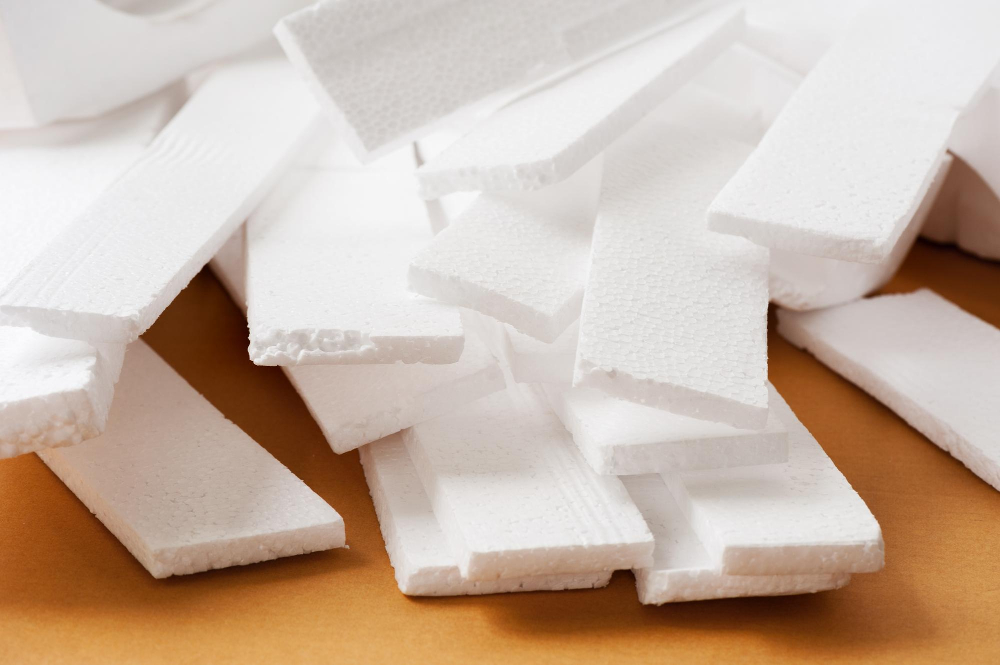
They come in various forms, including foam sheets, rolls, and pouches that can be easily cut or shaped according to your needs. Foam wraps provide excellent cushioning for fragile items such as glassware or electronics during shipping.
One of the most significant advantages of foam-based packaging is its ability to absorb shock and vibration effectively. This feature makes it an ideal choice for protecting delicate items from damage during transit.
Another benefit of using foam wraps is that they are reusable and recyclable. Unlike bubble wrap, which often ends up in landfills after use, you can reuse foam padding multiple times before disposing of it properly.
When selecting a foam-based protective layer for your shipment needs, consider factors such as thickness level required based on the fragility level of the item being shipped; density levels needed depending on weight distribution; type (open-cell vs closed-cell) based on moisture resistance requirements; cost-effectiveness compared with other alternatives available in the market.
Honeycomb Cushioning
This type of cushioning is made from layers of paper or cardboard that are formed into a honeycomb pattern, creating small cells that compress upon impact. The result is an incredibly strong and durable material that can withstand even the most rigorous handling.
One major advantage of honeycomb cushioning over traditional bubble wrap is its eco-friendliness. Most types of honeycomb cushioning are made from recycled materials, making them an environmentally sustainable option for those looking to reduce their carbon footprint.
Another benefit of using honeycomb cushioning in your packaging process is its versatility. It can be used with various shapes and sizes without requiring custom fitting like some other alternatives do.
Moldable Pulp Packaging
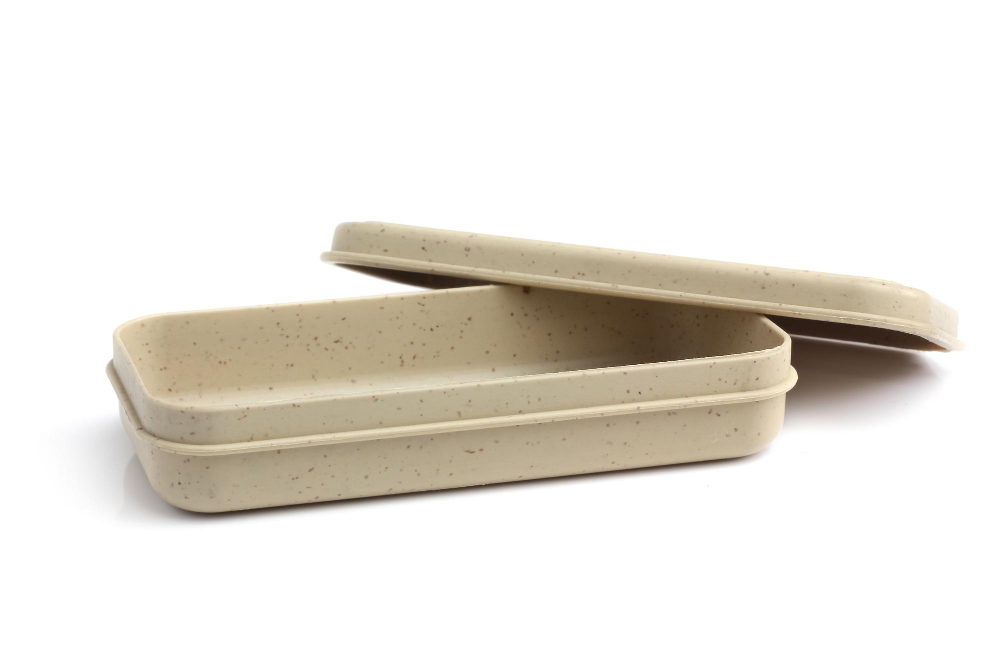
Made from recycled paper, this material can be molded into any shape or size to fit your specific needs. It’s perfect for protecting fragile items during shipping and can also be used as a sustainable option for gift wrapping.
One of the benefits of moldable pulp packaging is its ability to absorb shock and vibration, making it ideal for delicate objects such as glassware or electronics. It’s biodegradable and compostable, so you don’t have to worry about contributing more waste to landfills.
Another advantage of using moldable pulp packaging is its versatility in design. You can create custom-fit inserts that perfectly cradle your item or use pre-made shapes like trays or boxes depending on what you’re packing.
Suspension Packs
These innovative packing materials use a combination of air and cushioning pads to suspend the product in the center of the box, protecting it from any impact during transit. This type of packaging is especially useful for delicate electronics or glassware that require extra protection.
One popular suspension pack option is made from recycled plastic bottles, making them an eco-friendly choice for those looking to reduce their carbon footprint. They’re also reusable and can be easily disassembled after use.
Another benefit of suspension packs is that they take up less space than traditional packing materials like foam or cardboard inserts, which means you can fit more products into each shipment without sacrificing safety.
When choosing between different types of packaging materials, consider your specific needs as well as your environmental impact.
Corrugated Wraps
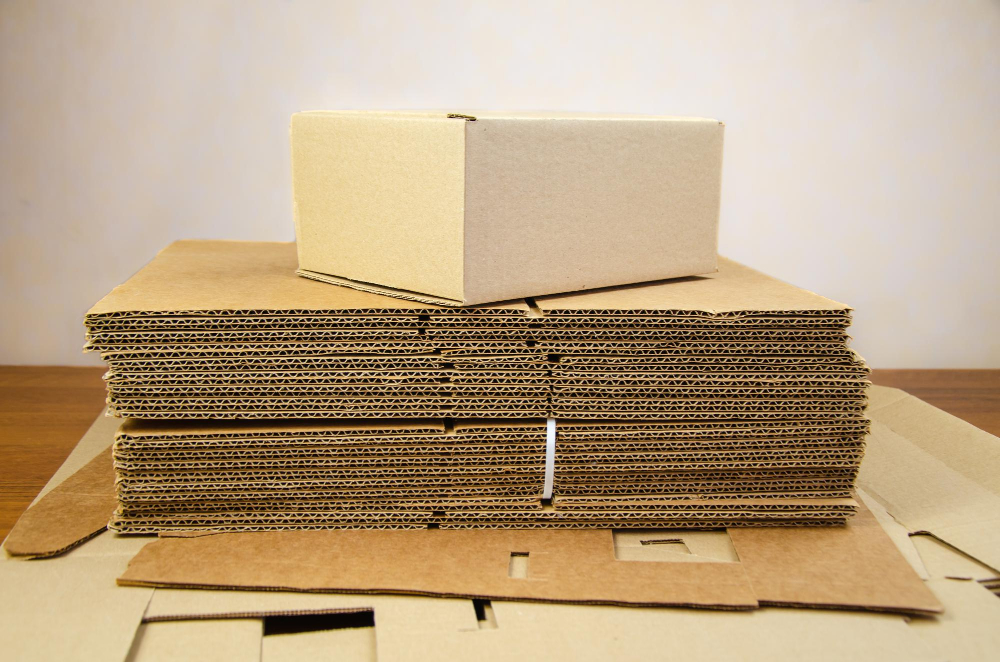
These wraps are made from layers of fluted cardboard that provide excellent cushioning and protection during shipping. They come in various sizes and shapes, making them ideal for packing items of different dimensions.
One advantage of using corrugated wraps is their eco-friendliness. They are recyclable, biodegradable, and made from renewable resources like wood pulp or recycled paper products.
This makes them an excellent choice for those who want to reduce their carbon footprint while still ensuring the safety of their shipped goods.
Another benefit is that they can be customized according to your specific needs by cutting or folding them into any shape required by your item’s size or shape.
Shredded Paper Protection

Not only does it provide ample cushioning for your items during shipping, but it’s also readily available and easy to use. You can shred old newspapers or magazines at home using a shredder or opt for pre-shredded paper from office supply stores.
One of the benefits of using shredded paper as packing material is that it’s biodegradable and recyclable. Plus, if you have excess scraps lying around after unpacking your shipment, they can be added to compost bins instead of ending up in landfills.
To use shredded paper as protection during shipping, simply fill the empty spaces in your box with enough shreds so that items don’t shift around too much while in transit. This will help prevent damage caused by impact or vibration.
Fabric and Textile Wraps
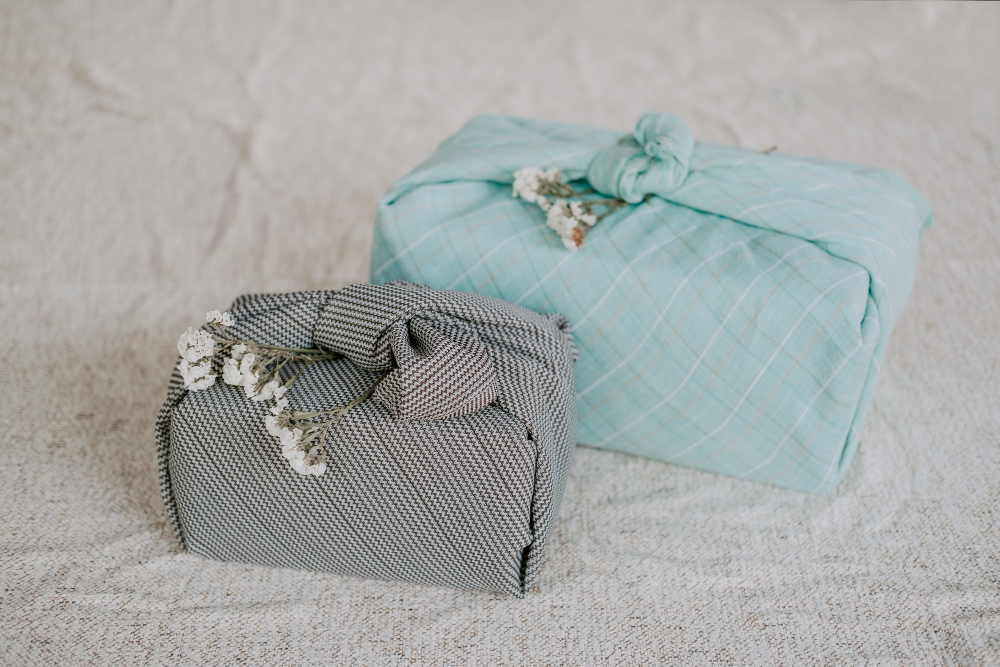
These materials are not only eco-friendly but also add a unique touch to your packaging. You can use old t-shirts, towels, or even scarves to wrap your items securely before shipping them out.
Not only will this protect the item from damage during transit, but it will also give the recipient an extra gift of reusable fabric that they can repurpose in their own way.
Another great thing about using fabric and textile wraps is that they come in various sizes and shapes so you can easily customize them according to your needs. Plus, these materials are readily available at home so there’s no need to spend money on expensive packing supplies.
In-Situ Foam Packaging
This type of packaging involves the use of a foam-in-place system, which creates custom-fit cushions around your products. The foam expands and hardens around the item, providing an extra layer of shock absorption during shipping.
One major advantage of in-situ foam packaging is its ability to reduce waste. Unlike traditional packing materials like bubble wrap or peanuts, this method only uses as much material as needed for each individual package.
Plus, it can be easily recycled after use.
Another benefit is that in-situ foam packaging provides excellent insulation against temperature changes and humidity levels during transit. This makes it ideal for shipping delicate electronics or other sensitive items that require extra care.
While this option may not be suitable for every budget due to equipment costs associated with creating the custom fit cushioning on-site at your location (hence “in situ”), many companies offer affordable rental options so you can still take advantage of its benefits without breaking the bank.
Sustainability Comparison
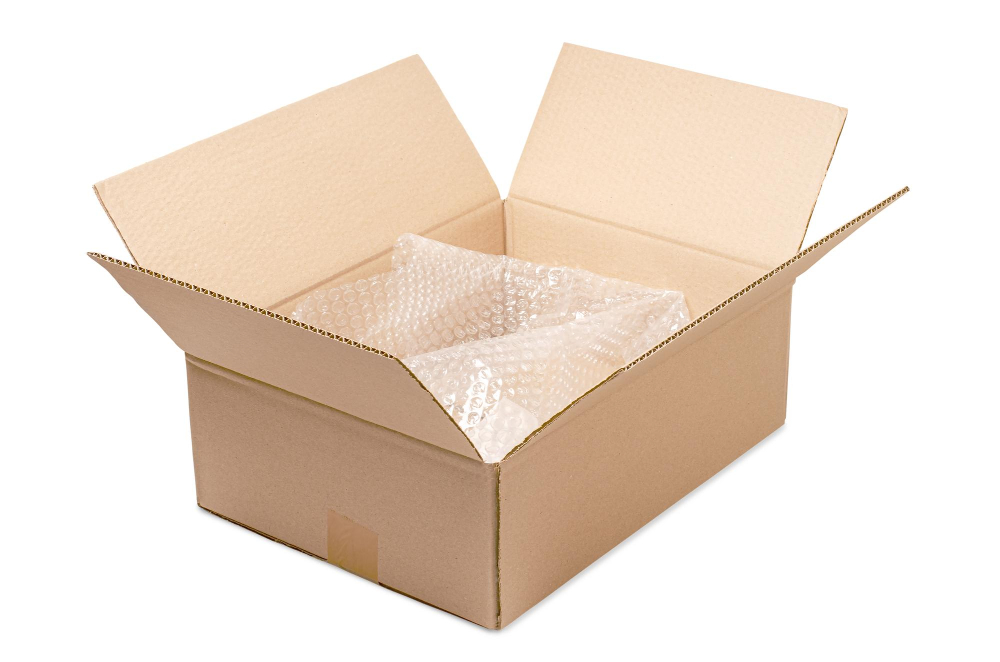
While bubble wrap may be convenient and effective, it’s not always the most eco-friendly option available. Fortunately, there are plenty of alternatives that offer comparable protection while being kinder to the environment.
Some sustainable options include biodegradable materials like cornstarch-based packing peanuts or mushroom packaging made from agricultural waste. Reusable solutions such as inflatable air pillows or custom-fit cardboard inserts can also reduce waste and save money in the long run.
It’s important to note that each alternative has its own unique set of benefits and drawbacks when compared with traditional bubble wrap. By weighing factors such as cost, availability, durability, and environmental impact against your specific needs for shipping or home decor purposes you can make an informed decision on which material is best suited for you.
Cost and Availability Analysis
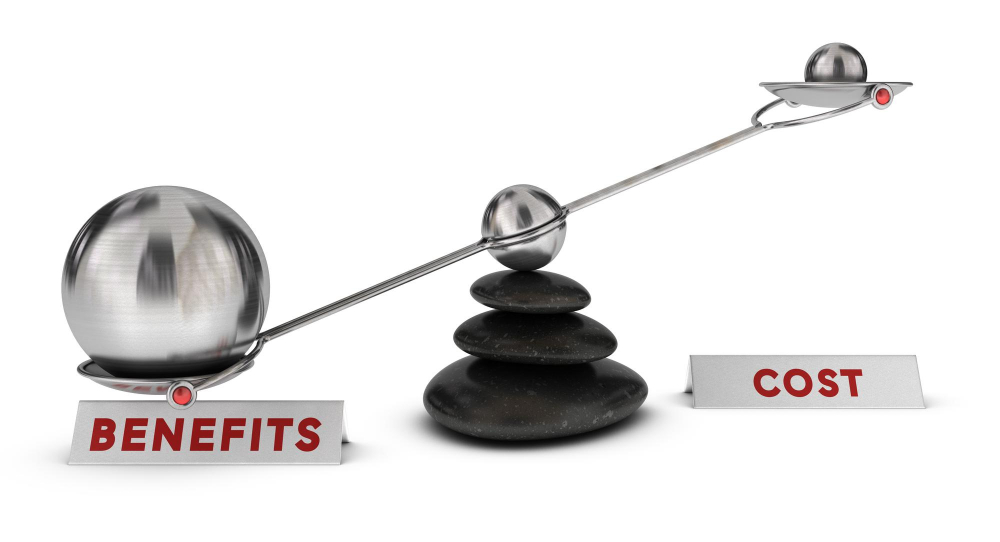
While bubble wrap alternatives may seem like a more expensive option at first glance, they can actually save you money in the long run. Many eco-friendly materials are reusable or biodegradable, which means you won’t have to constantly restock your supply.
Some companies offer discounts for bulk purchases of sustainable packaging products.
Availability is another factor that varies depending on where you live and what type of product you’re looking for. However, with the rise in demand for environmentally friendly options, many retailers now carry a variety of bubble wrap alternatives both online and in-store.
It’s important to do your research before making any purchasing decisions so that you can find an option that fits both your budget and sustainability goals.
Choosing the Right Material
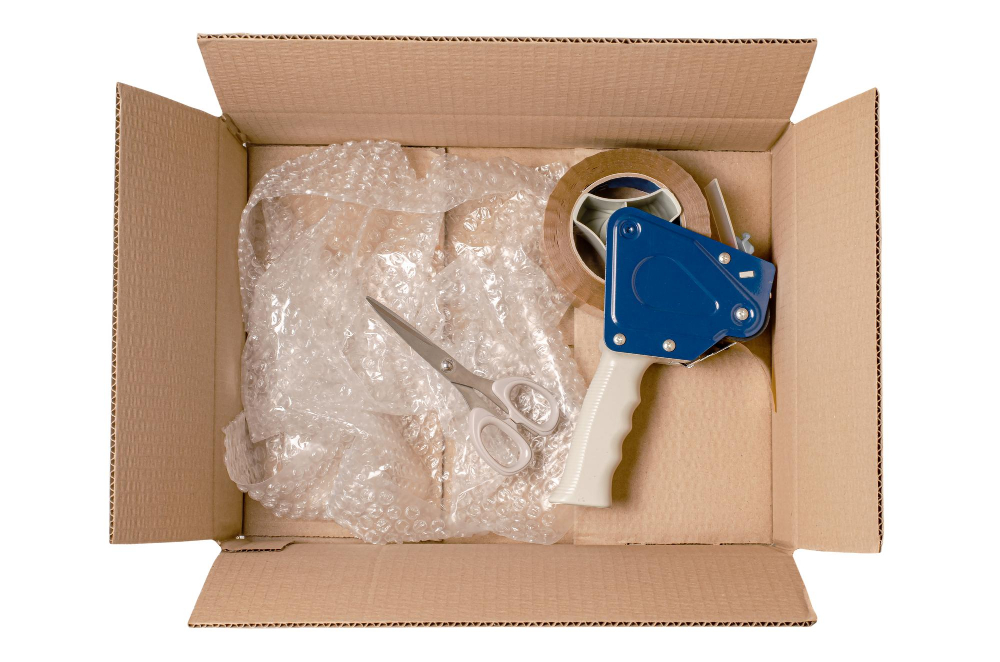
First and foremost, you want a material that will protect your items during shipping without adding unnecessary weight or bulk. You may want to prioritize eco-friendliness or cost-effectiveness depending on your personal values and budget.
One important consideration is the fragility of the item being shipped. For delicate objects like glassware or electronics, foam-based protective layers can provide superior cushioning compared to other materials like paper or fabric wraps.
Another factor is sustainability. If reducing waste and minimizing environmental impact are priorities for you, biodegradable alternatives such as molded pulp packaging may be a good choice.
Cost and availability should also be taken into account when selecting a packing material. While some options may be more expensive upfront than others (such as custom-fit cardboard inserts), they could save money in the long run by preventing damage during transit.
Innovative Products and Trends
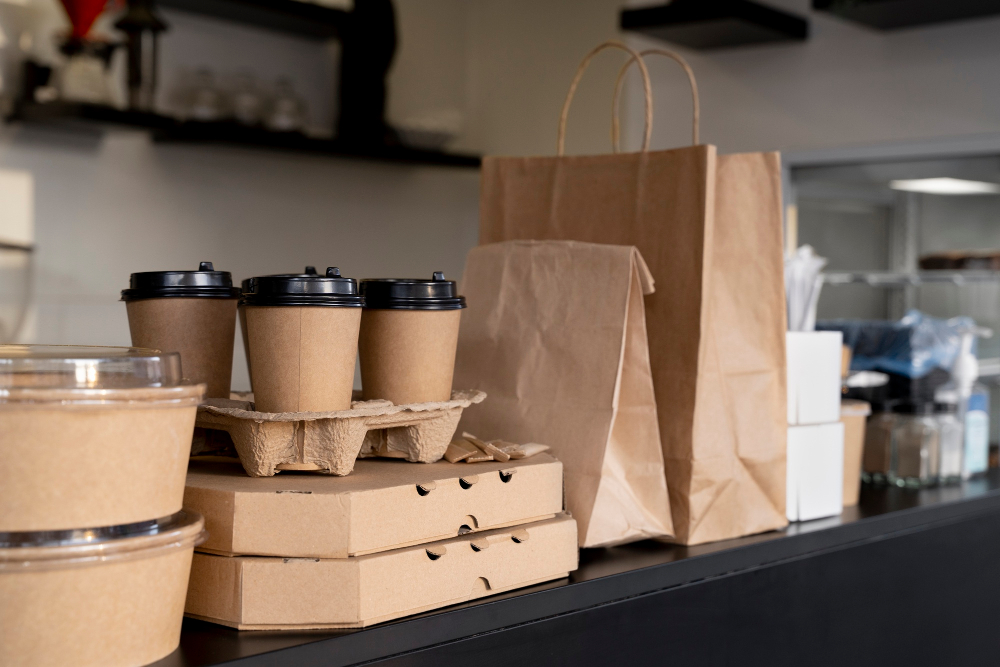
One such trend is using mushroom-based materials as an alternative to traditional packing solutions. These materials are made from mycelium, which is a network of fungal threads that can grow into any shape or size needed for packaging.
Another exciting development in sustainable packing is edible packaging made from seaweed or other plant-based materials. This type of wrapping dissolves when it comes into contact with water and can be eaten along with its contents.
In addition to these new developments, there are also established companies that specialize in eco-friendly packing solutions like Green Cell Foam® and Geami WrapPak®. Both offer biodegradable options that provide excellent protection during shipping while being gentle on the environment.
DIY Bubble Wrap Alternatives

For example, old newspapers or magazines can be crumpled up and used as a protective layer for fragile items. You could also use fabric scraps to create a cushioned wrap or even make your own foam padding using liquid soap and water! Another fun idea is to repurpose plastic bags by cutting them into strips and weaving them together to create a sturdy packing material.
The possibilities are endless when it comes to creating your own unique bubble wrap alternatives, so get creative! Not only will you save money on packaging materials but also reduce waste in the process.
FAQ
Can I use paper towels instead of bubble wrap?
Yes, you can use paper towels as an alternative to bubble wrap, as soft items like towels, linens, blankets, and clothing can be utilized as packing materials.
Is bubble wrap eco-friendly?
Bubble wrap is not eco-friendly as it is made from non-biodegradable plastic materials that are damaging to the environment.
Is Hex wrap better than bubble wrap?
Yes, Hex wrap is considered better than bubble wrap as it provides equal or better protection by absorbing more shock and is quicker and easier to apply.
What other sustainable materials can be used as an alternative to bubble wrap for packaging?
Other sustainable materials, such as biodegradable packing peanuts, recycled cardboard, paper-based padding, and mushroom-based packaging, can serve as alternatives to bubble wrap for packaging.
How does the cost of different bubble wrap alternatives compare for businesses and consumers?
The cost of different bubble wrap alternatives varies for businesses and consumers, with some options being more affordable or eco-friendly than others, ultimately depending on the specific needs and preferences of the user.
Are biodegradable or recycled bubble wraps effective in protecting fragile items during shipping?
“Biodegradable and recycled bubble wraps are effective in protecting fragile items during shipping.”
Recap




